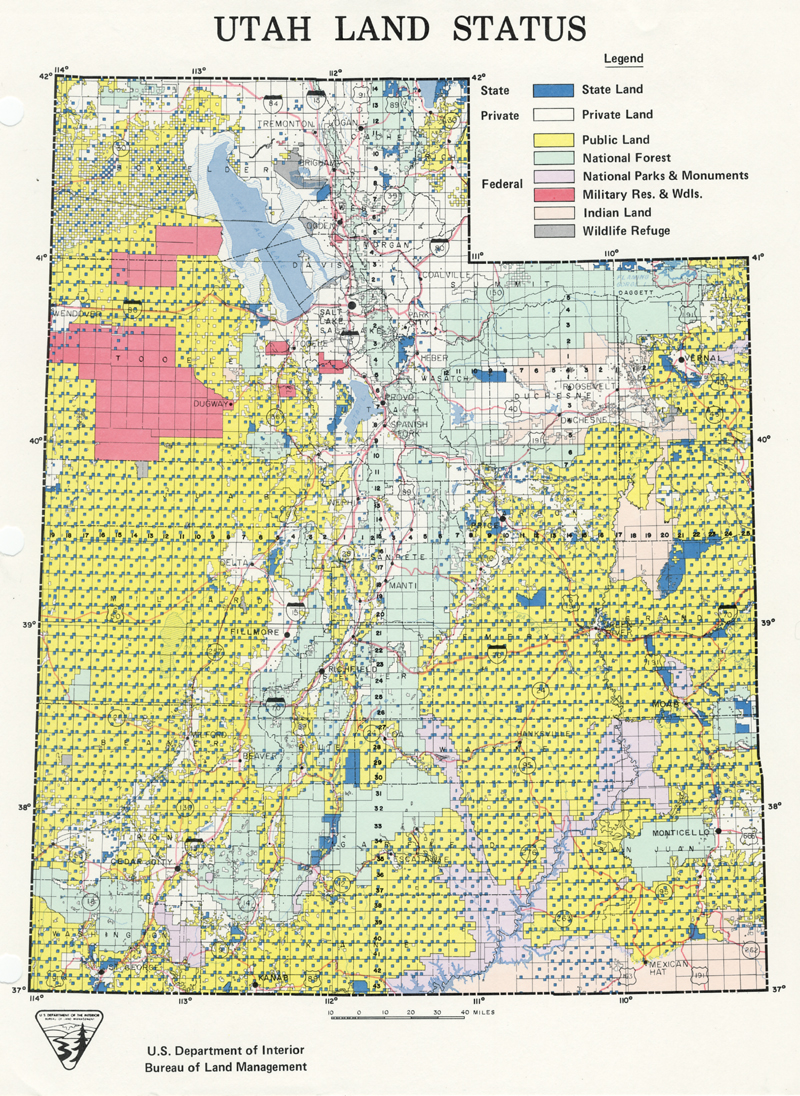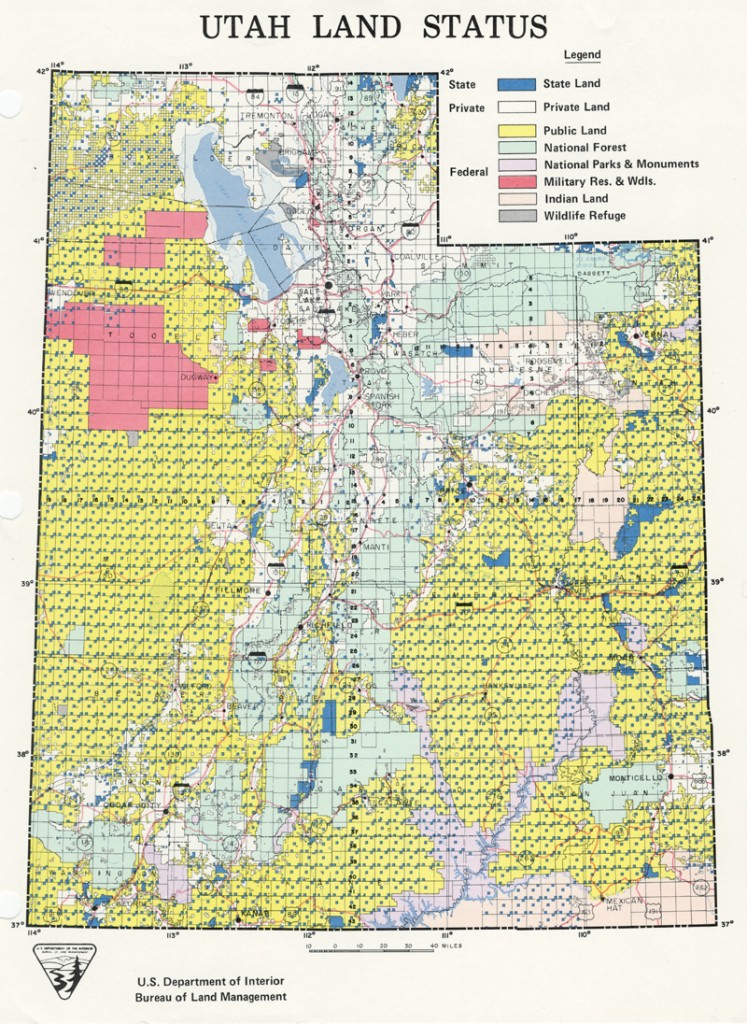For a variety of reasons it is difficult to backcountry camp in Zion National Park. Of course, the town of Springdale, Utah provides many quaint (or not-so quaint) lodging options for park visitors. Then again, something about being in one of the most awesome geologic features on this earth inspires one to spend the night outdoors.
Fortunately this dilemma has long had a solution: BLM land.
In many ways, land belonging to the Bureau of Land Management (BLM) is the spatial signifier of the West. It’s a sort of feature of the landscape that really doesn’t exist out east. Great swathes of empty, sage-covered, public land. It certainly doesn’t hurt that this land surrounds many of the west’s national parks.
Of course, BLM land is hardly untouched. There are many presents many uses of BLM land and BLM terrain often shifts from looking like Muir-style wilderness to the opposite that rather abruptly. By no means does BLM land have anywhere near the same conservation ethos as say a National Park or Forest. A quick look on the BLM website sees the icon of a deer next to that of an oil pump.
Yet, here comes the problem.
If BLM land can be used for various commercial purposes to a relatively small degree, it sends the signal to the people looking for a signal that it it isn’t lightly used public land but rather underutilized land that the government has removed from private control.
Enter the state of Utah.
Nobody these days is challenging the state’s conservative credentials. This is the state that traded a senate veteran Sen. Bob Bennett, truly nobody’s liberal, for a Tea Partier with a BYU degree.
However, there is something still astonishingly bold about the states’ conservative legislature and governor, Gary Herbert, passing legislation demanding that the federal government give control of the BLM land to the state of Utah by 2014.
This whole operation is having its discursive check split by the good old “states’ right” argument (and its concomitant “state-knows-best” dictums) and the “lets go get them jobs” racketing that resounds best with those who are looking to score. The Utah drilling and oil sector is, little surprise here, the big actor in this effort. It doesn’t hurt that the effort is not so subtly being cheerleaded by the likes of the Deseret News (owned by a subsidiary of the Church of Latter-Day Saints)
Now surely the BLM in Utah is no saint. Environmental abuse is rampant in the state. Even a cursory look into the state’s role as a dumping ground for nuclear and chemical waste will curdle stomachs. Yet without entering onto further debates about the political economy Utah’s environment, the point I would like to make is that at the very least BLM protection allows for some level of federal oversight over land that is, after all, it is FEDERAL land. As in, belongs to the citizens of this entire nation.
As Timothy Egan, the New York Times “Western” correspondent, compellingly wrote: ” The toddler in Tuscaloosa has equal claim to the stunning Vermilion Cliffs outside the Grand Canyon as does a cowboy in Arizona. One day, when we are a nation of 600 million, these community-owned treasures will be all the more valuable.”

